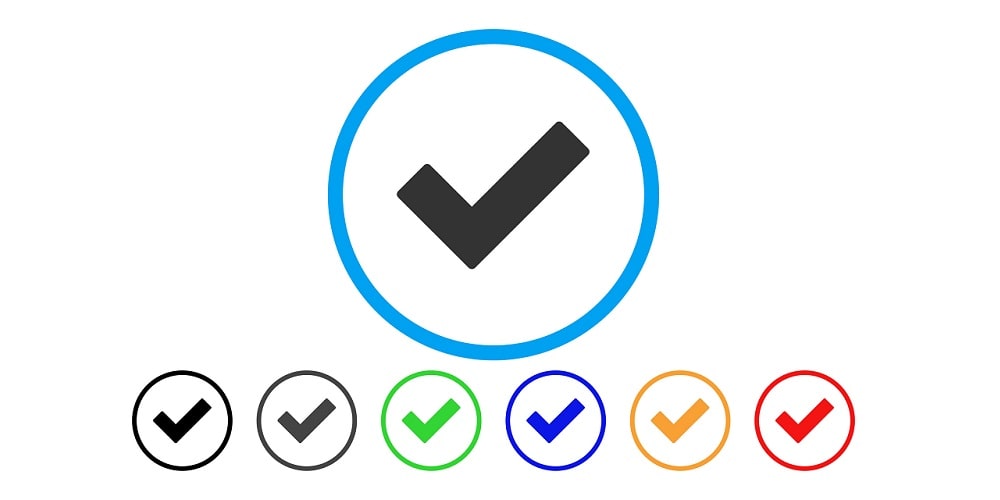Tag: DFSS

DFSS Can Help Ensure Sarbanes-Oxley Act Compliance
Published:Sarbanes-Oxley is a law passed in 2002 by the U.S. Congress in response to a series of accounting scandals that impacted several major corporations. The act contains a number of sections, or titles, that require certain activities related to registering with the Public Company Accounting Oversight Board (PCAOB), as well as requirements related to financial […]
Read more »
(Human) Resource Planning Is a Key for DFSS Projects
Published:While several factors can drive the success or failure of a Six Sigma project, experienced project managers cite resource planning or allocation of resources as the greatest driver of success for larger projects. All three types of resources – materials, technology and people – must be used effectively. In particular, human resource management plays a […]
Read more »
Connections Between Design for Six Sigma and CMMI
Published:While there are more than a few connections between the Six Sigma DMAIC roadmap and Capability Maturity Model Integration (CMMI), some practitioners may not be aware of the connections between CMMI and Design for Six Sigma (DFSS). CMMI has four process categories, each contains several process areas that are associated with a maturity level (Table […]
Read more »
Army TACOM LCMC Strengthens Lean Six Sigma Deployment
Published:Since 2007, the Tank-Automotive and Armaments Command (TACOM) Life Cycle Management Command (LCMC) has made efforts to institutionalize a culture of innovation and continuous improvement. The goal to have TACOM LCMC associates at every level advocate, pursue and implement continuous process improvement methods through the promulgation of Lean Six Sigma across the command is a […]
Read more »
DMAIC and DFSS Roadmaps: How to Connect and Integrate?
Published:Making a single DMAIC-DFSS roadmap elicits numerous coexistence and integration questions. Nonetheless, a combined core roadmap is possible.
Read more »
Six Sigma and Innovation Need Not Be Exclusive
Published:In a production and development environment, Six Sigma attempts to reduce rework from the start, cutting down on costs and development cycle time. Compared to the try-fail method, in which practitioners usually generate thousands of ideas before finding a really useful concept for developing a new product or service, Six Sigma’s systematic approach may be […]
Read more »
Importance of Tolerance Design in Six Sigma Projects
Published:One of the most popular metrics used in assessing Six Sigma projects, both DMAIC (Define, Measure, Analyze, Improve, Control) and Design for Six Sigma (DFSS), is defects per million opportunities (DPMO). This measurement is the average number of defects per unit observed during an average production run divided by the number of opportunities for making […]
Read more »
IT Development: Finding Balance Between Business and IT
Published:A discussion about an ideal IT system often centers on user friendliness, system reliability, and implementation on time and on budget. These discussions should also include how to create more business value through the development of systems following a disciplined, fact based approach with a clear customer focus. For example, consider a telecom provider who […]
Read more »
Promises of Brand Strategy and Design for Six Sigma
Updated:“99.44 percent pure” “It takes a licking and keeps on ticking” “When it absolutely, positively has to be there overnight” “The ultimate driving machine” “We bring good things to life” For recent generations of Americans, the slogans above have become synonymous with the high-profile brands they represent. But these words are not simply clever taglines. They […]
Read more »
Leveraging Six Sigma and the IT Infrastructure Library
Published:“As technology moves more and more into the very fabric of our existence, the real-time existence of consumers and businesses and the economy, the reliability of systems will need to reach the level of dial-tone. Consequently, the techniques used to develop systems, the quality of these systems, and the demands on the performance of these […]
Read more »
Better Project Management Performance with Six Sigma
Published:Every organization faces the daunting task of executing projects that meet or exceed the expectations of its customers. That makes project management a key component of most enterprises, regardless of the business sector. Yet project management is not always met with organization-wide satisfaction. One major reason is that many project management offices (PMOs) are replicated […]
Read more »
To Use DMEDI or to Use DMAIC? That Is the Question
Published:As the acceptance of Six Sigma grows and penetrates deeper into business culture, organizations begin to question when a process will benefit from a Six Sigma methodology that provides improvement (DMAIC) versus one that offers a new design (DMEDI). While the answer is clear to veteran Six Sigma practitioners, it is not so clear to […]
Read more »
How to Make Interbank Image Exchange a Reality
Published:The future is knocking at the door of the U.S. banking industry. But how do banks get the future into their daily operations? More and more banks are using Design for Six Sigma (DFSS) to help them to take full advantage of such modern processes as electronic check presentment, thereby reducing expenses and increasing profits. […]
Read more »
Importance of the Validate Phase in a Design Project
Published:While not as glamorous as designing a new product, the last step in an IDOV project – the Validate phase – can ensure the long-term success of the project and your customer’s satisfaction.
Read more »
Taking Advantage of Computer-Based Analysis for DFSS
Published:The goal in product design or business process engineering is to create products or processes that are insensitive to the sources of variation that inhibit their intended function. The design phase in the product development process is a crucial activity since this is when most downstream production and quality problems are locked-in. As a consequence, […]
Read more »
Making Use of DFLSS to Cultivate a Shared Compute Farm
Published:Digital check processing. Fraud detection. Compliance monitoring. Trading floor analytics. These are all integral functions for many modern financial service institutions. And all have one thing in common – they require a huge amount of computing power. One approach to providing fast responses even with highly complex computations is distributed computing, or creating a shared compute […]
Read more »
Designing Financial Services with DMEDI
Published:As banking operations and check processing enters the 21st Century, so too the ways financial institutions design processes enters a new age. Long gone are the days of trial-and-error in bringing new products, services or technologies to market. Companies need to be able to implement solutions effectively – the first time – to provide superior customer […]
Read more »
Six Sigma and the Project Management Body of Knowledge
Published:Interest in Six Sigma is growing rapidly within the professional project management community, and the most common question coming from that group is something like “How does Six Sigma relate to the Project Management Body of Knowledge (PMBoK)?” Six Sigma and PMBoK do have connections, similarities and distinctions. Before diving into specifics, a little background […]
Read more »
GOAL/QPC Announces The Design for Six Sigma Memory Jogger
Published:This book provides step-by-step guidance on how to use the Six Sigma DMADV (Define, Measure, Analyze, Design, and Verify) methodology to design products, services, and processes that reliably meet customers’ and stakeholders’ requirements.
Read more »
Implementing Design for Six Sigma (DFSS) in Europe
Published:“Why bother about process improvement? Let’s do it right the first time. We don’t need process improvement. We have to implement DFSS!” This is a common theme from engineering people in Six Sigma deployments. A common response from practitioners is that DMAIC should be implemented first; experience with the methodology should come before the introduction […]
Read more »
Six Sigma and the Software Development Life Cycle
Published:Many software organizations are beginning to use Six Sigma, and are finding that they need to rationalize its relationship to the standard software development life cycle process. A number of issues and alternatives arise when this need is addressed. Roadmaps and Software Development Life Cycles (SDLC) Six Sigma includes two complementary roadmaps. The first of […]
Read more »